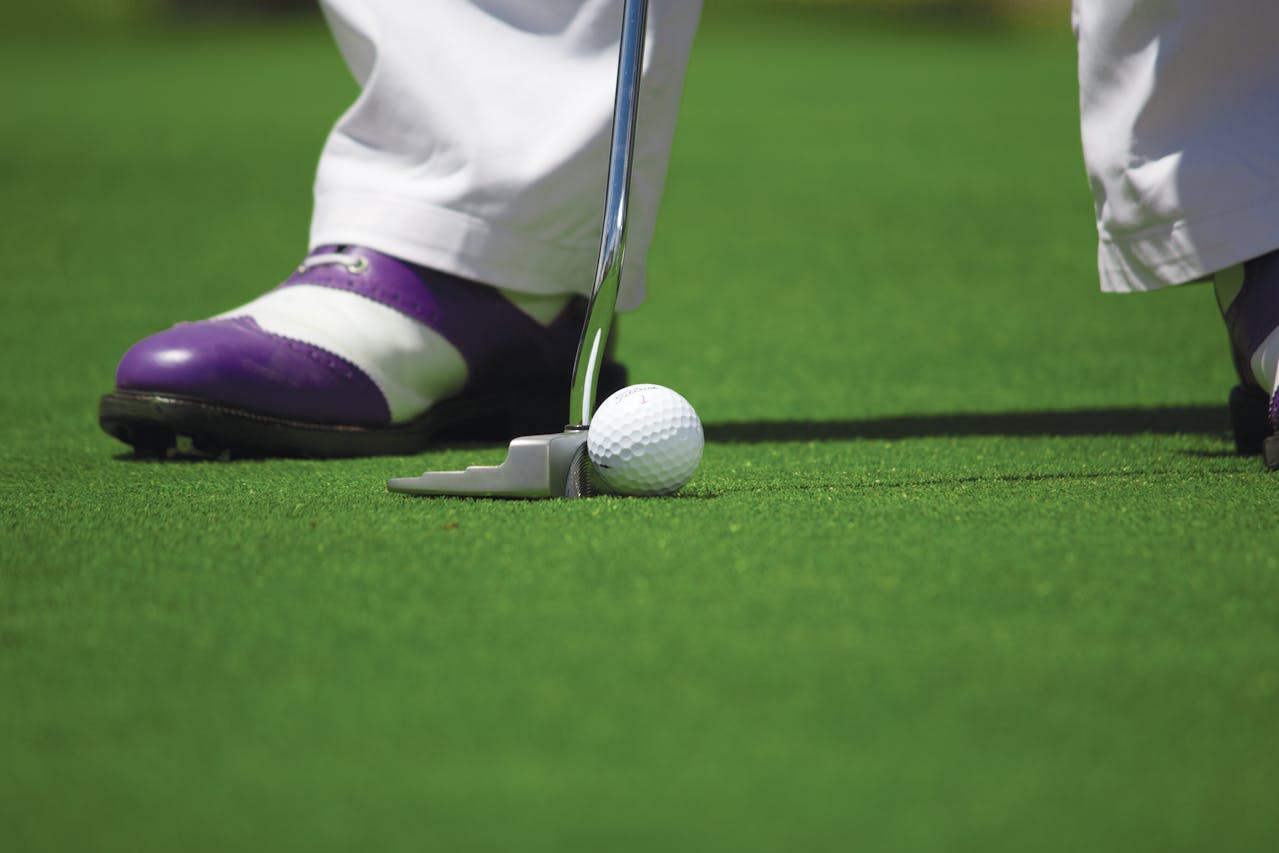Golf is a sport that combines precision, patience, and physical endurance. While it may seem less physically demanding than other sports, the repetitive motions and sustained postures involved in a round of golf can take a toll on your body, particularly your lower back. Lower back strain is a common issue among golfers, and if not properly managed, it can lead to chronic pain and long-term injury. Fortunately, there are effective strategies to help prevent lower back strain, allowing you to enjoy the game without discomfort.
Understanding the Causes of Lower Back Strain
Lower back strain in golfers is primarily caused by the repetitive nature of the golf swing. Each swing involves a twisting motion that places significant stress on the spine, particularly if the swing mechanics are not optimal. Additionally, factors such as poor flexibility, lack of core strength, and improper warm-up routines can contribute to the likelihood of developing lower back pain. For some golfers, underlying conditions like degenerative disc disease can exacerbate the problem.
As explained by a back doctor in Middletown, NJ, one of the most effective ways to address severe back pain caused by disc problems is through Artificial Disc Replacement (ADR). Understanding artificial disc replacement is crucial for those who suffer from chronic back pain. This cutting-edge surgical procedure involves replacing a damaged disc with a synthetic one that mimics the function of a natural disc, providing relief and restoring mobility.
Pre-Round Preparation: Warm-Up and Stretching
One of the most important steps in preventing lower back strain is proper pre-round preparation. A well-rounded warm-up routine that includes both dynamic stretching and light aerobic activity can significantly reduce the risk of injury. Stretching the muscles that are heavily used in the golf swing, such as the lower back, hips, and hamstrings, can improve flexibility and prepare your body for the physical demands of the game.
Incorporating exercises that activate your core muscles is also crucial, as a strong core provides better support for your spine during the rotational movements of the swing. Simple stretches, such as trunk rotations, hamstring stretches, and hip flexor stretches, can be highly effective in reducing tension in the lower back before you start your round.
Proper Swing Mechanics to Protect Your Spine
Proper swing mechanics are essential for both optimal performance and injury prevention. The golf swing should generate power from the hips and legs, rather than relying solely on the back, to minimize the strain on your spine. Over-rotating your lower back during the backswing is a common mistake that can lead to strain. Instead, focus on maintaining a stable spine angle throughout the swing and using your hips to drive the movement.
Post-Round Recovery: Cool-Down and Stretching
After completing your round, it’s important to cool down properly to prevent stiffness and muscle soreness. Gentle stretching exercises that focus on the lower back, hips, and hamstrings can help release any tension that has built up during play. A cool-down routine also aids in gradually lowering your heart rate and promoting muscle recovery.
In addition to stretching, consider incorporating light aerobic activity, such as walking, to help flush out any lactic acid that may have accumulated in your muscles during your round. This will help reduce the likelihood of post-round back pain and stiffness.
Additional Tips for Lower Back Health
Maintaining overall back health is crucial for long-term enjoyment of the game. Regular exercise, particularly exercises that strengthen the core and improve flexibility, can help support your lower back and reduce the risk of strain. Paying attention to your posture both on and off the course is also important, as poor posture can contribute to lower back pain.
Conclusion
Lower back strain is a common issue among golfers, but it doesn’t have to sideline you from the game. By understanding the causes of lower back strain, incorporating proper warm-up and cool-down routines, improving your swing mechanics, and seeking professional advice when necessary, you can safeguard your spine and continue enjoying the sport.
For those experiencing chronic back pain, learning about advanced treatment options, such as artificial disc replacement, is crucial. Consulting with a medical professional can offer the necessary guidance to make informed decisions about your health, allowing you to return to the course with reduced pain and improved mobility.
Apart from that if you want to know about “Collagen Conundrum: Is Your Body Trying to Tell You Something?” then please visit our “Health” Category.



